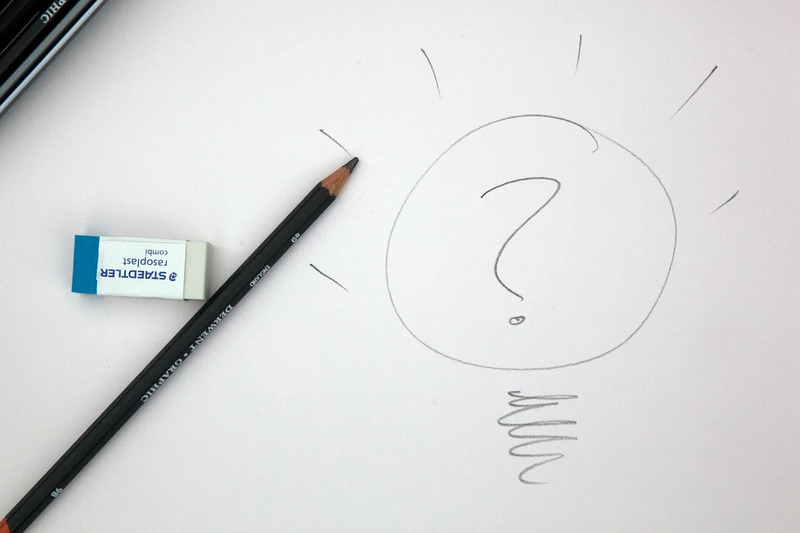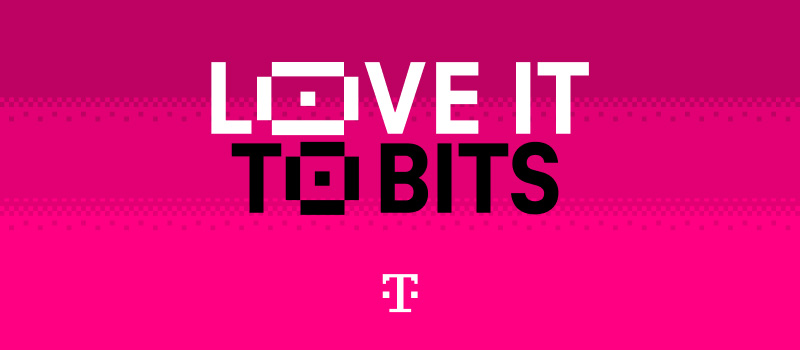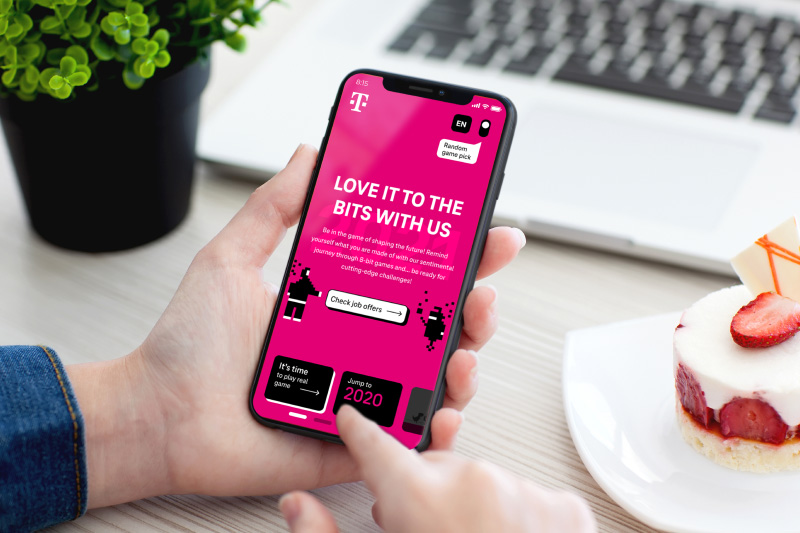It’ll take you ten minutes to read. And it took me 10 years to get there.

SHORT STORY LONG. HOW I BECAME A LECTURER.
When I was asked to lecture “my people”, I fought the urge to run for my life. Not because I don’t like talking to them. On the contrary, sometimes I think they’re fed up with my constant jabbering. Mostly because that would be my first public talk ever and first public sharing my knowledge on copywriting.
And that seemed scary on so many levels. First of all, even though I could call myself a “seasoned” copywriter (grey hair and all that), I don’t see myself as an authority on the matter. There’s still so much to do in the area, so many things I could achieve. What could I possibly teach our lovely Performante bunch, apart from the words “Go and write your future yourselves?” Ok, that was a stolen advertising slogan. But you get the point. (Copy)writing is a hard matter to talk about. It’s an action. It’s a performance. It’s you standing in the middle of your room and doing voices from the dialogue you’re writing. It’s you saying at loud a claim you’ve just coined and deciding it sounded better in your head. It’s you rewriting your copy, basing on solid feedback, such as “I don’t like it, try something else”.
And it’s you, still enjoying it after all these years.
Plus, there were also other fear factors. A diversity of people attending — from the creatives to the affiliate managers, having nothing to do with my struggles. Meaning: I had to make it universal. Relatable for Those Who Know and clear enough to be digested by Those Who Doesn’t Know But Are Curious. And don’t get me started on the pandemic thing and the fact, that I was supposed to host this talk virtually. You know, lecturing small screens and hoping there are still people behind them. No real interaction. No control over the technology, which is no man’s friend in situations like this.
The only way I could make it through was to translate my professional joy and private observations into the course of my lecture. I’m not a “TedTalk” person, I don’t follow the rules of the art of public speeches. I just go with the flow. Or, given my favourite advertising claim, with the flaw. I decided to do this my way. Starting from how I start writing all my copies — by standing in the middle of the room and waiting for the First Sentence to come…
PLOT TWIST (AND SHOUT). HOW I TRICKED YOU INTO STORY-TELLING.
Do you see what I did there? I created a short story about the preparations for the lecture. I channeled a story-teller to trick you into reading my stuff. I turned an article about copywriting into… a story about telling a story. That’s how we, copywriters, are having fun. It could be also your fun, because of the way I see it, everyone could walk in the copywriter’s shoes. And it’s not the strategy of belittling myself to win some pity and laughs. I really do believe, that we’re all natural-born, innate story-tellers. I’ve read once, that this is what distinguishes us from the other living species — the ability of thinking and talking in stories. To create a narrative out of our experiences and to bond through them with the others. And that’s how copywriting works, folks. No matter, whether we’re talking about a short claim, like “Just do it” or a long copy for the website. The more the product story is about people and emotions, the more it clicks with the audience. Why? Because the real, winning-the-crowd-in-a-gladiator-way answer, in case of selling, is not “Dang, it’s for me”, but “Oh God, it’s so about me”.
TELL ME YOURS, I’LL TELL YOU MINE. HOW TO SEE THE WORLD AS A STORY.
Ok, but are we that story-prone? Well, it’s in our genes, baby. We’re heirs of the long row of generations, who passed stories not only to kill the time because they didn’t have a TV nor the Internet but also to survive. To remember our origins, our history, our language. To testify. The stories served as a lesson and as a lullaby. The stories helped us understand other people and frankly, nothing has changed since then. We’re still thinking in stories. Our Facebook profile is a carefully written story of who we are and who we know. Our Instagram stories are about how good we look and how much fun we’re having right now. Our activity tracking app report is a compelling story of lows and downs in pursuit of a great shape. Our curriculums serve as our professional stories, happening in many places, yet ordered by the time of action. The way we introduce ourselves into the new group is also a story — we choose the anecdotes and data about ourselves to create an image. And we try to maintain it through new stories.
CURIOSITY MADE A COPYWRITER. HOW TO START.
Does having this common story-telling gene is enough to become a copywriter? It’s a good start, but it has to go with other tools, or better said, with an ability to stay curious. To observe and analyze people around you, just you know, not to the extreme. Get invested in people’s motivations, desires, and ambitions, even if they’re foreign for you. Truth to be told, the more foreign the better, because that’s how you get a wider perspective. And finally — appreciate the family gatherings at last, because who knows, maybe during the Christmas Eve dinner from hell you’ll hear an anecdote which changes your writing forever? Or inspires you to the point you’ll have to develop a story out of it?
ALL WRITE, ALL WRITE, ALL WRITE. HOW TO BECOME BETTER.
If you’re this curious and insightful, you’re ready to write. At this point, you need a pen and a piece of paper. Good grammar and vast vocabulary are a must. General orientation in culture, both high and pop is great, but you also need to practice. You need to learn different styles and techniques. And you do this by writing your hand off. Each brief is your copywriting treadmill. Don’t be ashamed to do different circuits. Every additional piece of writing is like a cross-training — no matter whether it’s a short story, a script for a movie we didn’t know we needed, or a song.
BEAM ME DOWN, SCOTTY. HOW TO FIND A PERFECT CREATIVE MATCH.
You’ve come this far and have written something. Remember, that copywriter (or more generally — a creative) is not a lone wolf. You need an adversary to question your writing choices. You need a voice of reason or a constructive mockery to defend your copy. In the worst-case scenario — to rewrite it. And you need to go out of your head (oh no, another stolen slogan!). Writing non-discussed copies is like playing squash in your mind, just you know, bouncing the ball always the same, predictable way. Having a sparring partner, or just a person who becomes your beta-reader always gives you a fresh perspective. Sometimes this person sends you a curveball you won’t take this time, but that’s okay. This is how you grow — by failing. And also by standing up, dusting off and facing the game all over again.
TO KILL A MOCKING THOUGHT. HOW NOT TO WORRY ABOUT CRITICISM.
Ok, you’ve finally sent what you’ve been working on for so long. You’re kind of proud. You really like the way your copy flows, but the client doesn’t. I’d leave it at “it’s the beauty of this job”, but let me tell you something. During my lecture, I divided my presentation into a few “acts”. Each act was titled as if it were a commentary of the inner critic, mocking my flow and raining on my parade. Why? We’re all told to shush our inner critics when it comes to different areas of life (maternity, hello!), but having them around while working is quite useful. This inner critic (plus your beloved outer critics — your workmates — such a lovely crowd), helps you deal with harsh feedback before it even appears. Just do this little exercise, an exercritisice, haha, and roast your copy till it burns. Again, why? Because by not treating yourself too seriously, you’re saving your mind from burning out. See? That’s my advice for you, my best manifesto for all who get demotivated by a long row of “I like-it-buts” or “I don’t-like-it-you-tell-me-whys”: burn out your copies to not become a professional burnout. Mock the production process, not the producer, and you’ll stay happy.
WONDERS NEVER CEASE. HOW TO EXPECT THE UNEXPECTED.
You’re in the industry for years. You feel steady, walking firmly on the professional ground. But you crave something more — recognition, acclamation, inside fame. You have a dream. I used to be this way. I used to whine that everyone out there has better ideas, more awards, bigger clients. Ambition is a good thing, but can’t be this all-consuming, auto-destructive voice telling you that you’ve wasted your years over something as fleeting as advertising. For those who are pining for excellence, I have another piece of advice. Turn your “I have a dream” into the “I have a drill” approach. Drill meant as agenda, a plan, a schedule to get somewhere. Work hard. Treat each brief as a lesson. Make the most of it. Don’t wait for awards and kudos. You don’t deserve them just because you’re you. Do your best and try to pour some gold into each copy you write. Don’t mock humble projects and niche products. And most of all, don’t be afraid to step into an area you have never worked on and you have no idea how to take the first bite of it. Because this may be the beginning of many great firsts. Like the first interview. First public lecture. First article.
PS. I LOVE IT.
PS: Yes, I’ve read this at loud before publishing.
PS2: Yes, my inner critic laughed at me and said I should improve my article writing skills, because I tend to ramble.
PS3: Claims of what products did I steal? Have fun finding out!





